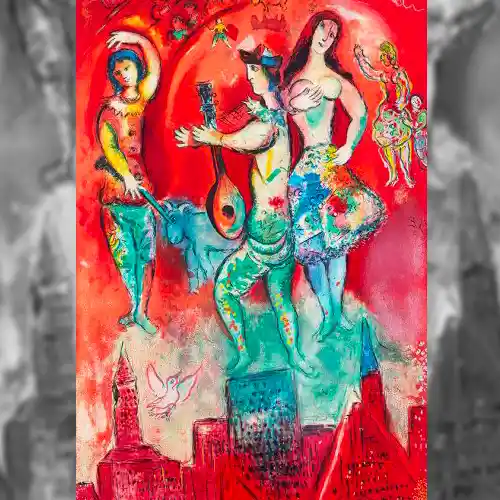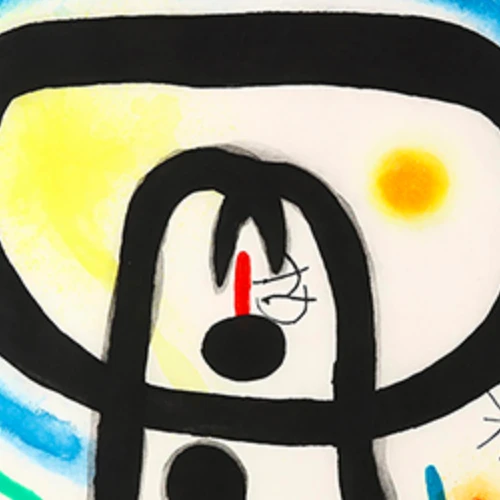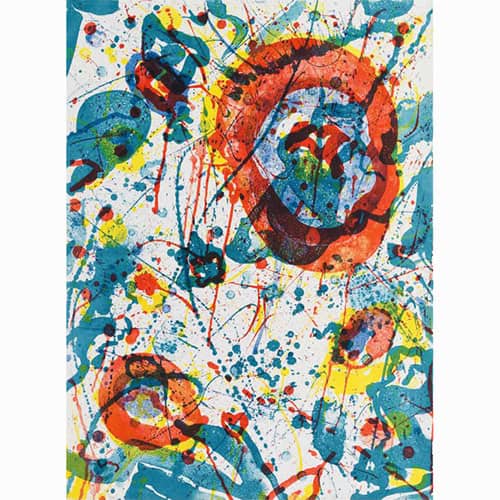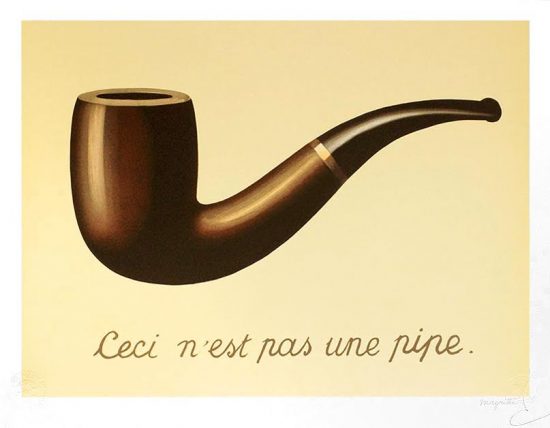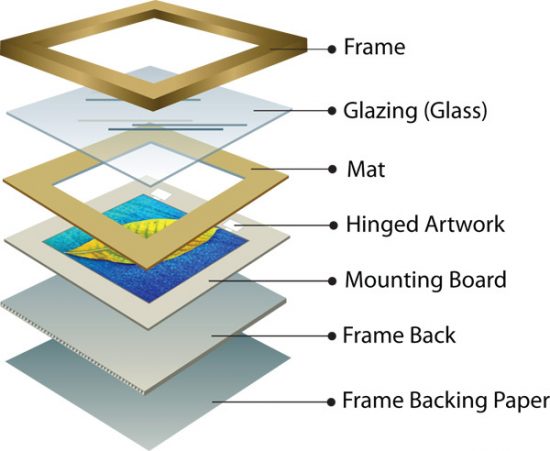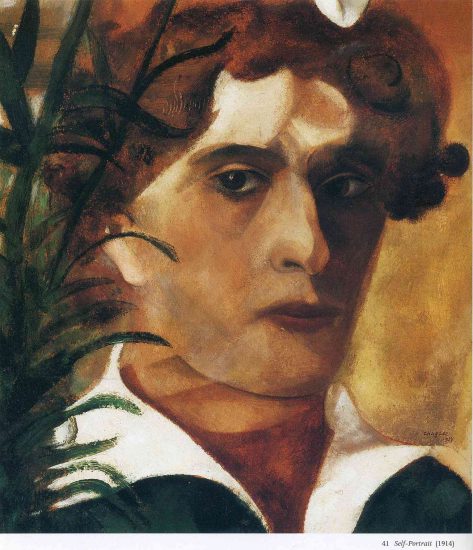A catalogue raisonné is a printed collection of the accepted artworks of an artist that has been created by the artist themselves or by ‘producers’ , which include authors, editors, committees, experts, or publishers, to assist collectors in identifying works by the artist and protect the art market from forgeries.
Producing a catalogue raisonné can take years or even decades and a majority of artists have none. For the artists that do have one, the publication focuses on the artist’s authentic body of work by providing photos, information and history. The history will usually include provenance, bibliographic, and exhibition histories if the artwork is a unique original work. It may also provide some or all of the following:
- Title and title variations
- Dimension/Size – usually in centimeters (cm)
- Date of the work
- Medium
- Current location/owner at time of publication
- Provenance (history of ownership)
- Exhibition history
- Condition of the work
- Bibliography/Literature that discusses the work
- Essay(s) on the artist
- Critical assessments and remarks
- Full description of the work
- Signatures, Inscriptions and Monograms of the artist
- Reproduction of each work
- List of works attributed, lost, destroyed and fakes
- Catalog number specific to the raisonné
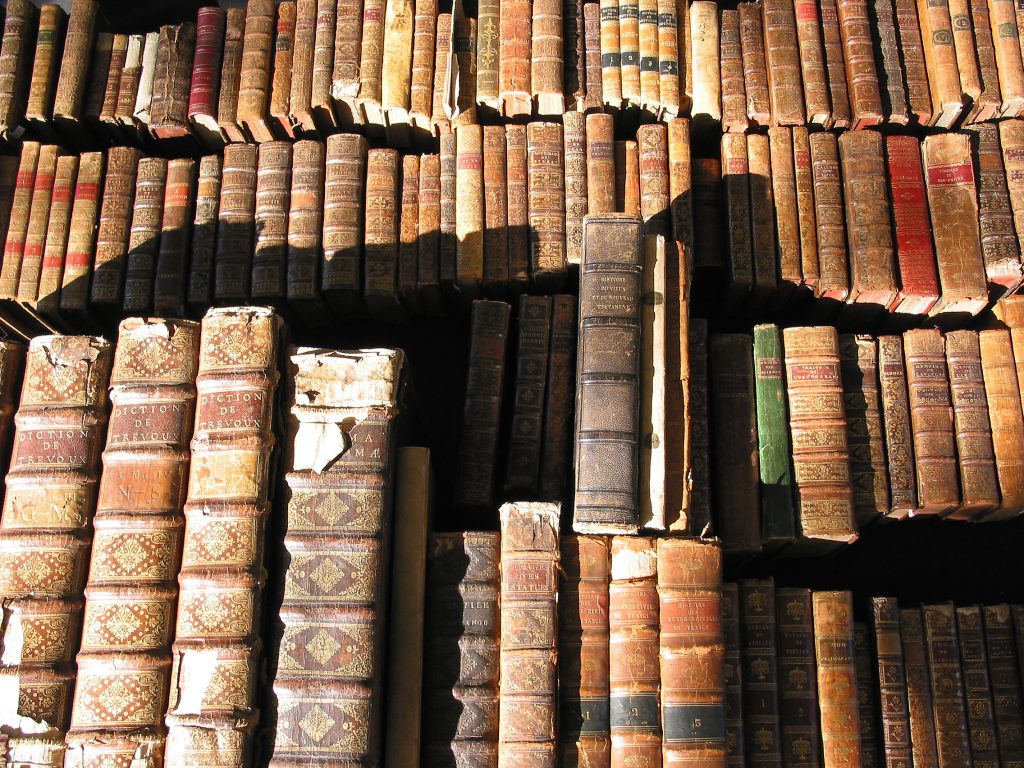
To further discuss the last one, if the work is referenced in a raisonné, it will have a catalogue number assigned to it. As the raisonné is organized chronological by date, you can find the work if you do not have a reference number by looking at the dates in the catalogue. If you do have a reference number then it will be listed as: last name of author of the raisonné (usually by initials), catalog number. Therefore a lithographic work by Chagall like “Carmen” would be listed as CS 39. This notes that the artwork is listed and illustrated as plate CS 39 in the Charles Sorlier catalogue raisonné. A ceramic work by Pablo Picasso would be listed as Ramié #. This notes that the artwork is listed and illustrated as catalogue # in the Alain Ramié catalogue raisonné.
Any medium the artist worked in can be included in the raisonné if it is deemed authentic, as most will cover the artist’s entire career. However some artists who have extensive collections in various mediums, such as Joan Miró and Pablo Picasso, have multiple catalogue raisonnés that focus on different mediums throughout their careers.
It is important to note that controversy does surround the publication of such oeuvres. One such controversy is the existence of multiple catalogue raisonnés for the same artist that were created by different ‘producers’. If one artwork is included in one raisonné and not the other, then this presents an issue for collectors as it affects the value of the art in the market as the varying opinions collide.
Another controversy is that without an artist being alive to verify the works, ‘producers’ of the raisonnés are put under higher scrutiny to be transparent in their materials confirming each work’s authenticity. This has come from the publishing of forgeries in some previous catalogue raisonné editions and collectors fighting to have their artwork be included. As the ‘producers’ that create the raisonnés also tend to be the same ones that authenticate the art, it presents an issue as to the motives behind the authentication process. This has led to court cases against many raisonné contributors that include the Warhol Foundation, Pollock-Krasner Foundation, and the De Chirico Authentication Board to name a few. As the subsequent authenticity of a work has an effect on the inclusion or exclusion from a catalogue raisonné, many ‘producers’ are no longer authenticating works.
While catalogues raisonnés vary in quality, a respectable one will be extensively illustrated and give most of the essential information listed above in the list. To see if there is a raisonné on a specific artist, you may search online through the International Foundation for Art Research (IFAR) Catalogue Raisonné Database.
References and Resources:
The Catalogue Raisonné Scholars Association
New York Public Library

